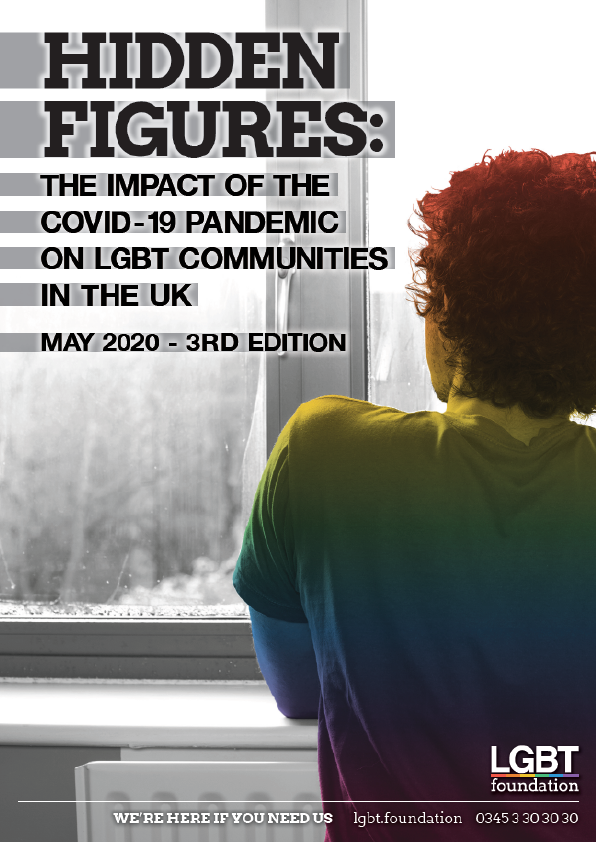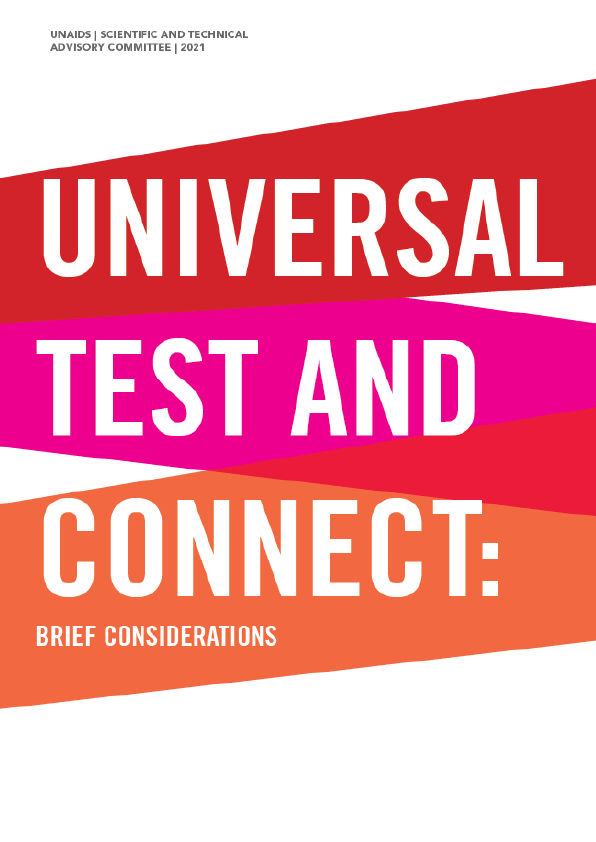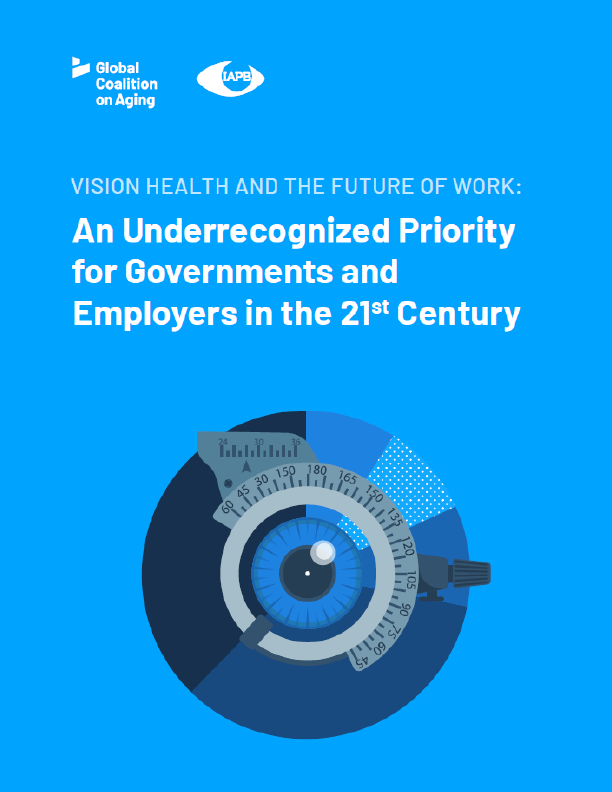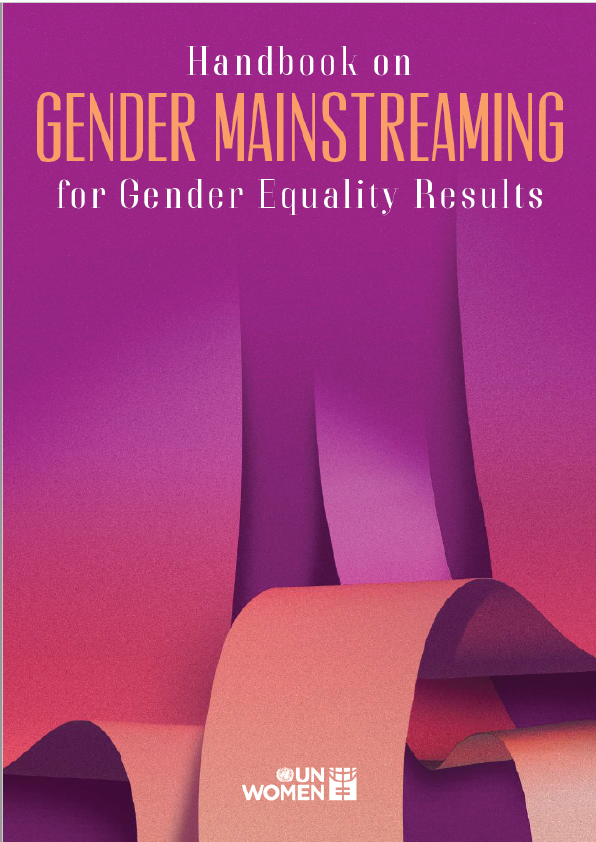If there’s a shorthand reason for why you need communication skills to complement your technical skills, it’s that you don’t get paid without them. You need communication and “soft” skills to get work and keep working so that people continue to want to employ you to apply your core technical skills. A diverse skill set that includes communication is really the key to survival in the modern workforce, and hiring trends bear this out.
In its Employability Skills 2000+, the Conference Board of Canada lists “the skills you need to enter, stay in, and progress” in the 21st century workplace. The first category listed is communication skills, specifically how to:
- Read and understand information presented in a variety of forms (e.g., words, graphs, charts, diagrams)
- Write and speak so others pay attention and understand
- Listen and ask questions to understand and appreciate the points of view of others
- Share information using a range of information and communications technologies (e.g., voice, e-mail, computers)
- Use relevant scientific, technological, and mathematical knowledge and skills to explain or clarify ideas (Conference Board, n.d.a)
In other words, the quality of your communication skills in dealing with the various audiences that surround you in your workplace are the best predictors of professional success.
In this first chapter, we will cover:
- Communicating in the Digital Age
- The Communication Process
- Troubleshooting Miscommunication
Honestly, how many texts or instant messages do you send in a day? How many emails? Do you prefer communicating by text, instant message app (e.g., SnapChat), or generally online instead of face-to-face in person with businesses? If you’re an average millennial sending out and receiving more than the 2013 average of 128 texts per day (Burke, 2016), that’s a lot of reading and responding quickly in writing—so much more than people your age were doing 20 years ago. Even if just for social reasons, you are probably writing more than most people in your demographic have at any point in human history. This is mostly an advantage because it gives you a baseline comfort with the writing process, even if the quality of that writing probably isn’t quite where it should be if you were doing it for professional reasons.
Where being overly comfortable with texting becomes a disadvantage, however, is when it is used as a way of avoiding the in-person, face-to-face communication that is vital to the routine functioning of any organization. As uncomfortable as it may sometimes be, especially for teens in their “awkward years,” developing conversational skills throughout that decade is hugely important by the time they enter a workforce mostly populated by older generations that grew up without smartphones, developed those advanced conversational skills the hard way by making mistakes and learning from them, and expect well-developed conversational skills of younger generations entering the workforce. Though plenty of business is done online these days, there really is no good substitute for face-to-face interaction.
According to Twilio’s 2016 consumer report on messaging, however, the most preferred channel for customer service among 18-24 year olds (said 31% of respondents) is by text or instant messaging, followed closely by email (p. 8). Face-to-face interaction, however, is preferred by only 6% of respondents.











